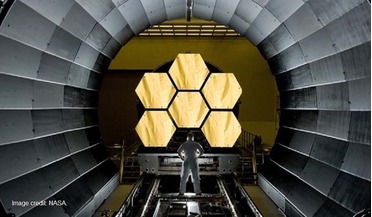 22 November 2015
James Webb Space Telescope prepped to receive gold-coated primary mirror segments
22 November 2015
James Webb Space Telescope prepped to receive gold-coated primary mirror segments
The James Webb Space Telescope (JWST), the much anticipated successor to the Hubble Space Telescope (HST), that when operational will be able to see the first galaxies forming approximately 13.5 billion years ago, is ...
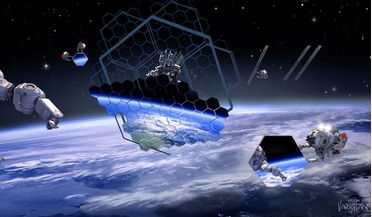 August 2017
On-orbit assembly will deliver major benefits in coming decade
August 2017
On-orbit assembly will deliver major benefits in coming decade
... are included for the Hubble Space Telescope (HST) and for the James Webb Space Telescope (JWST), the latter being... HDSTs. For example, consider the three-stage evolvable space telescope concept described in Polidan et al., (Proceedings of SPIE...
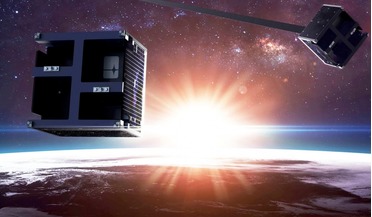 September 2020
Tackling space debris - a global priority
September 2020
Tackling space debris - a global priority
...-exposed surfaces from the Solar Max, Long Duration Exposure Facility (LDEF), Hubble Space Telescope and the Space Shuttle. The US Strategic Command (USSTRATCOM) maintains a catalogue of known orbital objects, using data collected by ground-based...
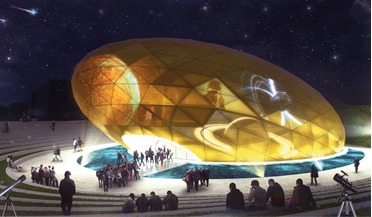 August 2019
Reinventing the space museum
August 2019
Reinventing the space museum
... artefacts, and so on. In the more contemporary section, you might start to see more familiar, captivating images from Hubble Space Telescope, along with aerial shots of Mars, Saturn and Pluto. More interactive artefacts may include life-sized...
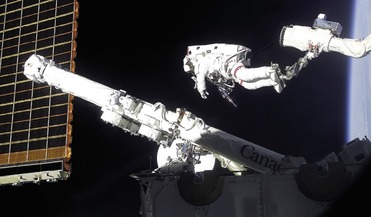 July 2021
Canadarm2 - 20 years of Canadian space robotics on the ISS
July 2021
Canadarm2 - 20 years of Canadian space robotics on the ISS
... more than 60 Shuttle missions. In addition to assembling the ISS, these missions serviced the Hubble Space Telescope, deployed and retrieved satellites, manoeuvred spacewalking astronauts, performed critical surveys and a number of improvised...
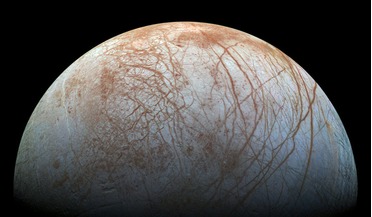 14 May 2018
Best evidence yet for plumes on Europa
14 May 2018
Best evidence yet for plumes on Europa
...is expected to be thick, really thick - somewhere in the region of 10 to 20 kilometres thick. So, when images taken by the Hubble Space Telescope showed that ultraviolet emissions from the moon's atmosphere were consistent with two 200 kilometre-high...